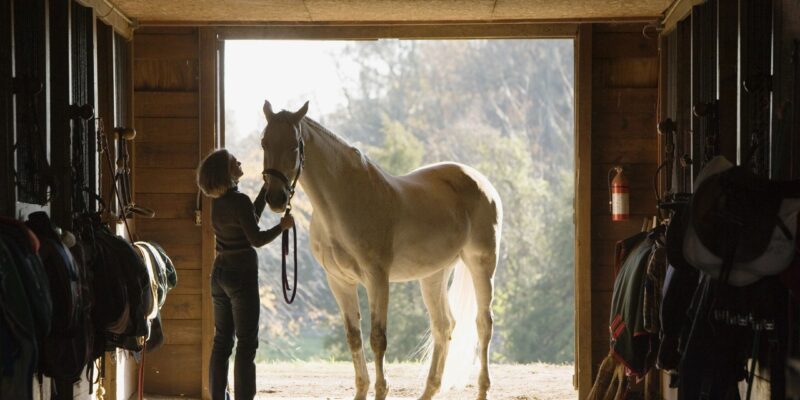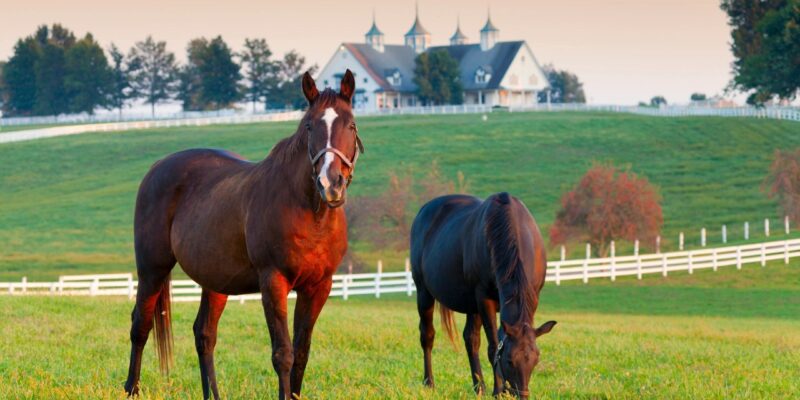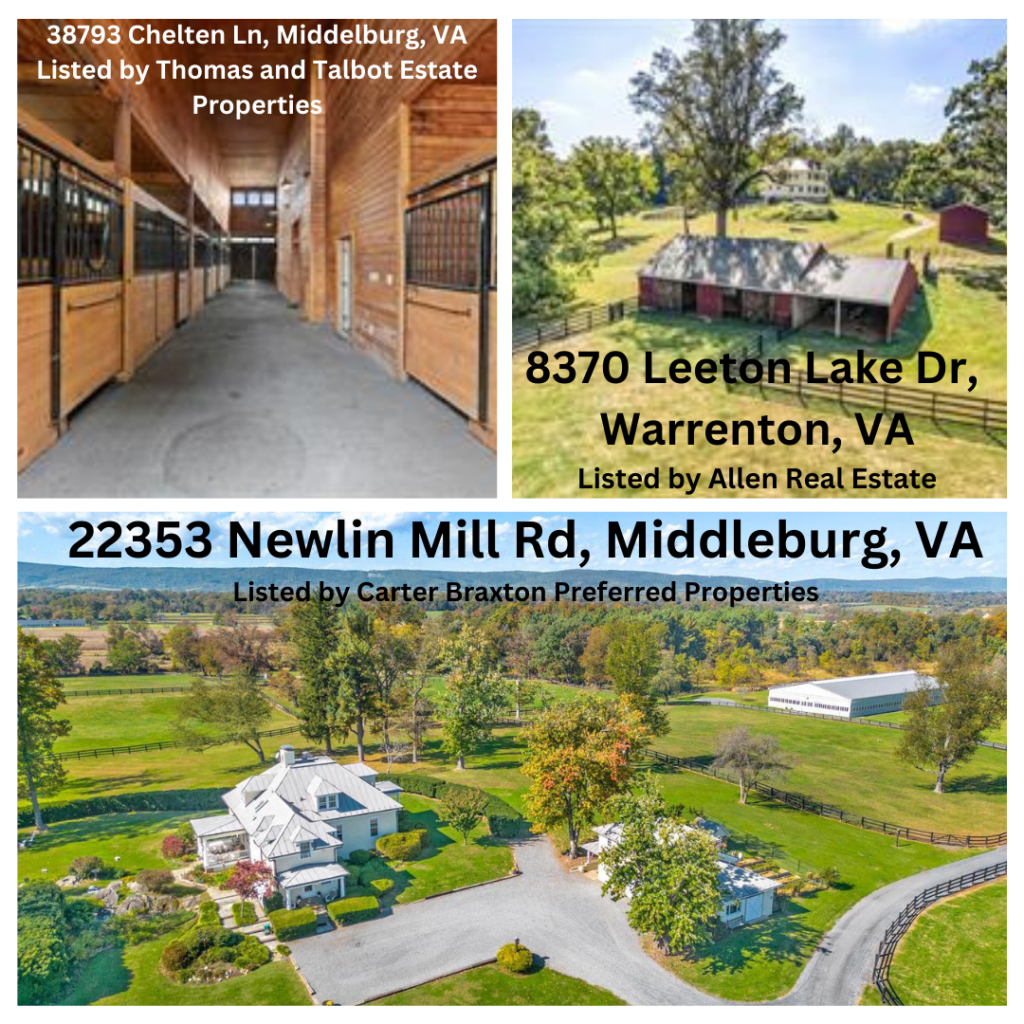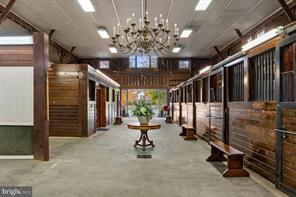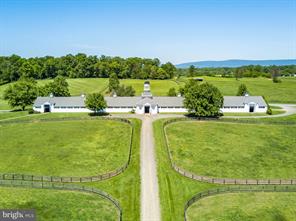One key element in a finding a horse farm for sale is looking at the actual land layout of the house, barn and pastures. The layout of the property is important because it can effect how your farm will be managed. Water runoff can create many issues on a horse farm. Thus, it is important to look at how water travels through your property.
Managing my own horse farm and through client experiences, I have seen first hand how water runoff is an issue. An expensive issue at that!
Recently one of my clients had experienced water issues around their barn. In their case the water runoff caused their barn to flood and deep muddy areas near the entrance to their barn. Fixing this was very costly for them. They had an excavator work for several days re-routing water flow and he installed drainage tiles. This was very costly.
One barn we recently visited sat downhill from the driveway and appeared to be in a valley. The fortunate aspect of this barn was the extensive excavating which was in place.
The second farm we went to was on a big rolling hill and everything flowed downward. The farm owners had resolved water issues by building ditches and installing pipes. As you can imagine, this was a very costly project, but the barn was well protected from any water runoff.
Another example of water issues was my own farm. My barn is set up well on a flat surface, but a shed uphill caused water to run straight towards the barn. After a few particular bad thunderstorms, the barn and and aisle flooded with 6-8 inches of water in it. I hired an excavator and he redirected the water in such a way that I have not had any water issues with my barn since. The fix worked, but it does need maintenance throughout the years.
When you are seeing a potential horse property, looking at the actual land is very important. Hiring an experienced horse farm specialist can be an asset to you. They should be able to point out potential issues such as this and help you navigate the process.
My favorite time to show horse properties is after a big storm. This is valuable because it allows people to see how the water runs or sits on a property.
If you don’t have the opportunity to see a farm after a storm, try to look for potential issues with the way the barn sits. Is the barn at the bottom of a hill? Are other structures causing runoff issues because they lack gutters? Can you see evidence of water intrusion?
Looking at the pastures is also key. Pastures may sit in low lying areas causing issues with a horses hooves to sink or for mowing. Wet land can suck your horseshoes off or cause potential injuries as well. It also can be a mowing nightmare. Look for how close water bodies lie in relation to your pasture. Is flooding a concern from a river or pond?
In Loudoun, I have found a tool called the GIS assessors map very helpful. It shows topography maps and flood plain or wetlands. FEMA also has maps available to help in research.
Having a pasture or two in a wet area is not the end of the world if you have extra space to turn horses out. My own farm has one paddock that has wet areas. Mowing can be difficult at times in that paddock. I use that paddock in the summer or during dry times. My horses are older and barefoot so I have little concern with losing shoes. I also have 3 or 4 other areas for turnout space which helps for rotating paddocks.
If you need help in your horse farm search, give me a call at 703-963-7407. I’d be happy to help you find a suitable farm and help you with spotting potential pain points you may encounter!
